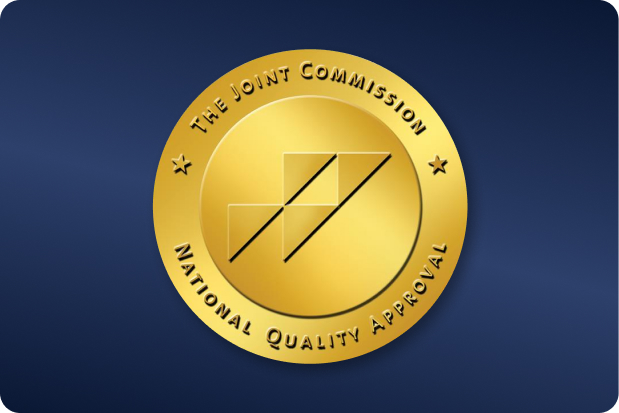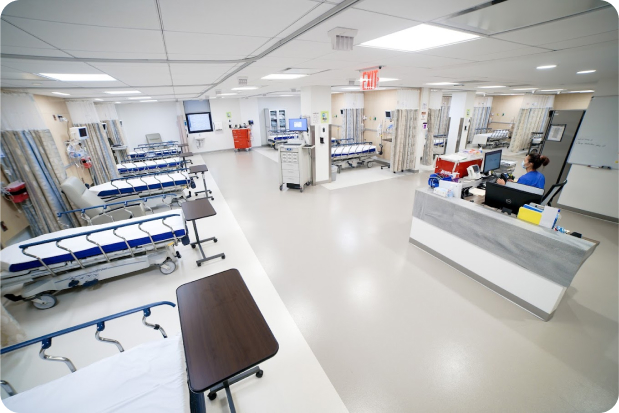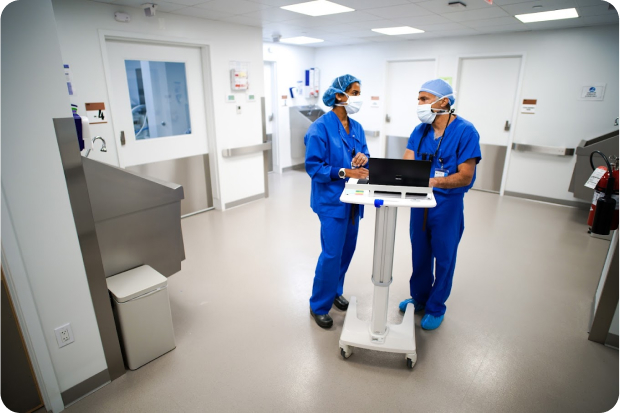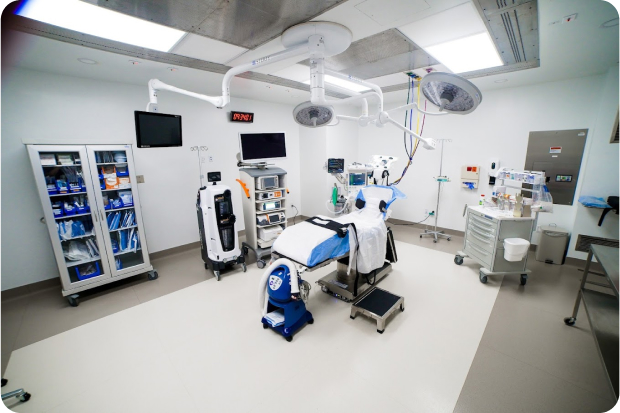 OUR LOCATIONSCall to book (212) 604-1300
OUR LOCATIONSCall to book (212) 604-1300
 OUR LOCATIONSCall to book (212) 604-1300
OUR LOCATIONSCall to book (212) 604-1300
Table of contents
Spinal cord stimulation (SCS) is often recommended for people dealing with persistent neuropathic pain in the back, legs, or arms that hasn’t responded well to more conservative treatments like medications, physical therapy, or injections. Ideal candidates are those who continue to suffer from significant pain despite these efforts and whose diagnostic evaluations suggest nerve irritation or compression that might respond to electrical modulation.
At New York Pain Care, we thoroughly review your medical history, imaging results, and pain patterns to determine if SCS could be a suitable option for you.




The SCS treatment usually starts with a trial phase. Using X-ray guidance, one or more thin, insulated leads are inserted into the epidural space around your spinal cord. These leads connect to an external stimulator, allowing you to test the therapy’s effectiveness over about a week. If the trial provides adequate pain relief, a permanent system is implanted.
The permanent procedure involves placing leads into the previously identified position in the epidural space under sedation or general anesthesia. Afterward, a small incision is made to implant a battery-powered pulse generator beneath the skin—usually in the buttock or abdominal area. The leads connect to this generator, which can be controlled externally to adjust stimulation levels. You’ll have the ability to turn the system on or off and switch between various stimulation programs to manage your pain optimally.
Recovery from SCS implantation generally goes smoother than traditional open spine surgery. You might experience mild swelling or discomfort around the incision sites, but most patients return home the same day or the day after surgery. It’s important to avoid strenuous activities, including heavy lifting, bending, or twisting, during the first few weeks.
Your care team will work closely with you to adjust and fine-tune the stimulator settings for the best pain control. With proper post-procedure care, many patients gradually return to normal activities with less pain and improved mobility.
Many patients experience meaningful reductions in pain, often 50% or more. This reduction can lower the need for pain medications and improve overall function. Over time, spinal cord stimulation may also enhance sleep and quality of life. Since responses vary, New York Pain Care provides ongoing follow-up to monitor progress, adjust settings, and maximize benefits. Although SCS won’t cure the underlying condition, it serves as a powerful tool for long-term symptom management.
New York Pain Care
20 Squadron Blvd, Suite 290
New City, NY 10956
(212) 242-8160






